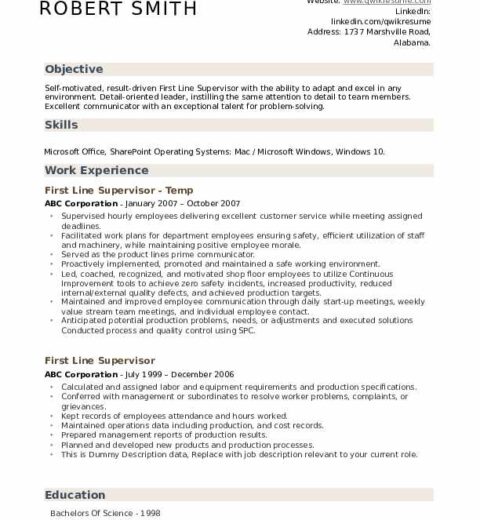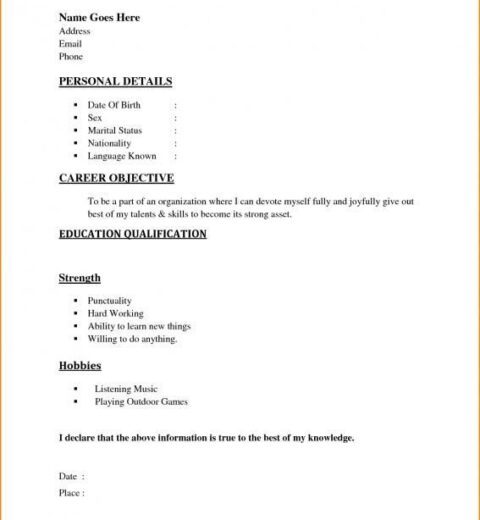Have you ever found yourself gazing at a blank screen, pondering, “How do I even start to update my LinkedIn resume?” This may seem daunting, but fear not—there’s a systematic approach to view and refresh your resume on LinkedIn with remarkable efficiency. LinkedIn, as a robust professional networking platform, offers users impressive tools to maintain their resumes in a streamlined manner. Here, we shall unravel the nuances of how to view your resume on LinkedIn while ensuring it remains current and compelling.
To begin, let’s address the primary question: how do you access your resume on LinkedIn? If you think of your LinkedIn profile as an online resume, there are various routes to view and edit it. Simply log in to your LinkedIn account, and you will be directed to your homepage. From there, navigate to your profile by selecting your name or clicking on the “Me” icon located at the top right of the page. This action will lead you to your profile page, which is akin to an expanded digital resume.
Once you are on your profile, it is essential to identify which sections need attention. LinkedIn strategically organizes your profile into different sections: the headline, summary, experience, education, skills, recommendations, and more. Each component serves an integral purpose in encapsulating your professional journey.
Let’s delve deeper into individual sections. The headline is often the first impression you make on potential employers. Ideally, it should encapsulate your professional identity and aspirations succinctly. Rather than simply stating your job title, consider including keywords that align with the positions you seek. For instance, instead of merely stating “Marketing Manager,” a more impactful headline might read “Dynamic Marketing Manager Specializing in Digital Strategy and Brand Growth.” This inclusion of specific terminology can enhance discoverability and appeal.
Next, the summary plays a crucial role in delivering a narrative about your professional persona. A well-crafted summary can differentiate you from countless candidates. Aim for a blend of your skills, experiences, and what makes you unique. In crafting this section, think of it as your elevator pitch—concise yet persuasive. Briefly highlight notable achievements and your career trajectory, allowing your personality to shine through.
Additionally, the experience section warrants meticulous scrutiny. Here, it is pivotal to not only list job titles and responsibilities but also to quantify accomplishments. A hiring manager is often more impressed by concrete figures. For instance, rather than stating, “Increased sales,” specify “Increased sales by 30% over six months through strategic marketing initiatives.” These specifics demonstrate your impact and provide compelling evidence of your capabilities.
Further, don’t overlook the skills section. In a job market that greatly values specialized skills, including both hard and soft skills is imperative. Make a list of relevant competencies and arrange them in accordance with your career importance. LinkedIn allows you to endorse skills, providing social proof of your expertise. It’s beneficial to frequently revisit this section to ensure it aligns with your evolving professional landscape.
As you review each component, the challenge arises: how to make these updates swiftly and efficiently without succumbing to the potential pitfall of procrastination? One effective strategy is to allocate time each week, possibly during ‘quiet hours’ when distractions are minimal. Designating a consistent block of time to refine your LinkedIn profile fosters accountability and makes the task seem less daunting.
Moreover, leveraging the functionality provided by LinkedIn can expedite this process. For example, the “Open to Work” feature allows you to convey to recruiters that you are actively searching for new opportunities. This can make your profile more visible in searches, increasing your chances of being contacted. Consider utilizing the “LinkedIn Learning” platform to expand your skills, further enhancing your profile and boosting your employability.
Additionally, involving trusted colleagues or mentors for constructive feedback can provide an invaluable perspective. Sometimes, an external viewpoint can unveil areas for improvement that may have eluded your attention. Furthermore, establishing a routine for reviewing your profile ensures that you remain proactive in maintaining your professional presence.
Once you have completed your updates, it’s prudent to ensure that your LinkedIn profile is also synchronized with your own external resume. This consistency allows you to present a coherent professional image across various platforms, minimizing the likelihood of confusion for potential employers.
Lastly, don’t underestimate the power of networking within LinkedIn. Once your profile is polished, consider engaging with your connections. Whether through post comments or direct messages, cultivating relationships will not only expand your network but may also yield opportunities and insights into job openings.
In conclusion, understanding how to adeptly view and update your resume on LinkedIn is not merely a task; it is an essential component of your professional toolkit in today’s competitive landscape. By methodically crafting and refining each section, designating time for regular updates, and leveraging the myriad features that LinkedIn offers, you will position yourself favorably within your industry. Embrace this challenge, and you may find that updating your LinkedIn resume transforms into an opportunity for professional growth and exploration.




